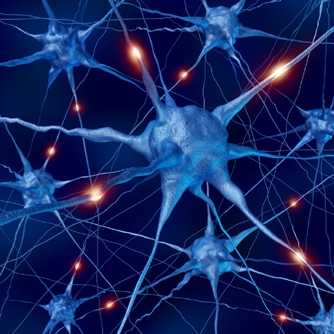University of Washington (Washington, USA) researchers have performed what they believe is the first noninvasive human-to-human brain interface, with one researcher able to send a brain signal via the Internet to control the hand motions of a fellow researcher. Using electrical brain recordings and a form of magnetic stimulation, Professor Rajesh Rao sent a brain signal to researcher Andrea Stocco who was on the other side of the university campus, causing Stocco’s finger to move on a keyboard. The technologies used by the researchers for recording and stimulating the brain are both well-known. Electroencephalography, or EEG, is routinely used by clinicians and researchers to record brain activity noninvasively from the scalp. Transcranial magnetic stimulation is a noninvasive way of delivering stimulation to the brain to elicit a response. Its effect depends on where the coil is placed; in this case, it was placed directly over the brain region that controls a person’s right hand. By activating these neurons, the stimulation convinced the brain that it needed to move the right hand. While researchers at Duke University have demonstrated brain-to-brain communication between two rats, and Harvard researchers have demonstrated it between a human and a rat, this is considered to be the first successful demonstration of human-to-human brain interfacing.
World’s First Human Brain-to-Brain Interface
“Direct Brain-to-Brain Communication in Humans: A Pilot Study - August 12, 2013.” Video and photos at: http://homes.cs.washington.edu/~rao/brain2brain/index.html




